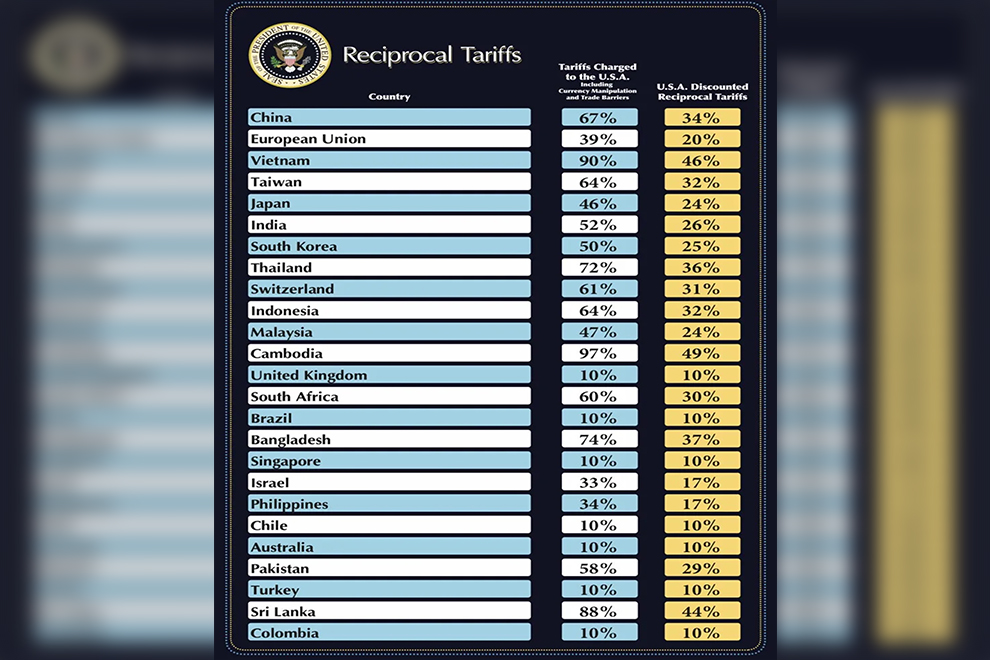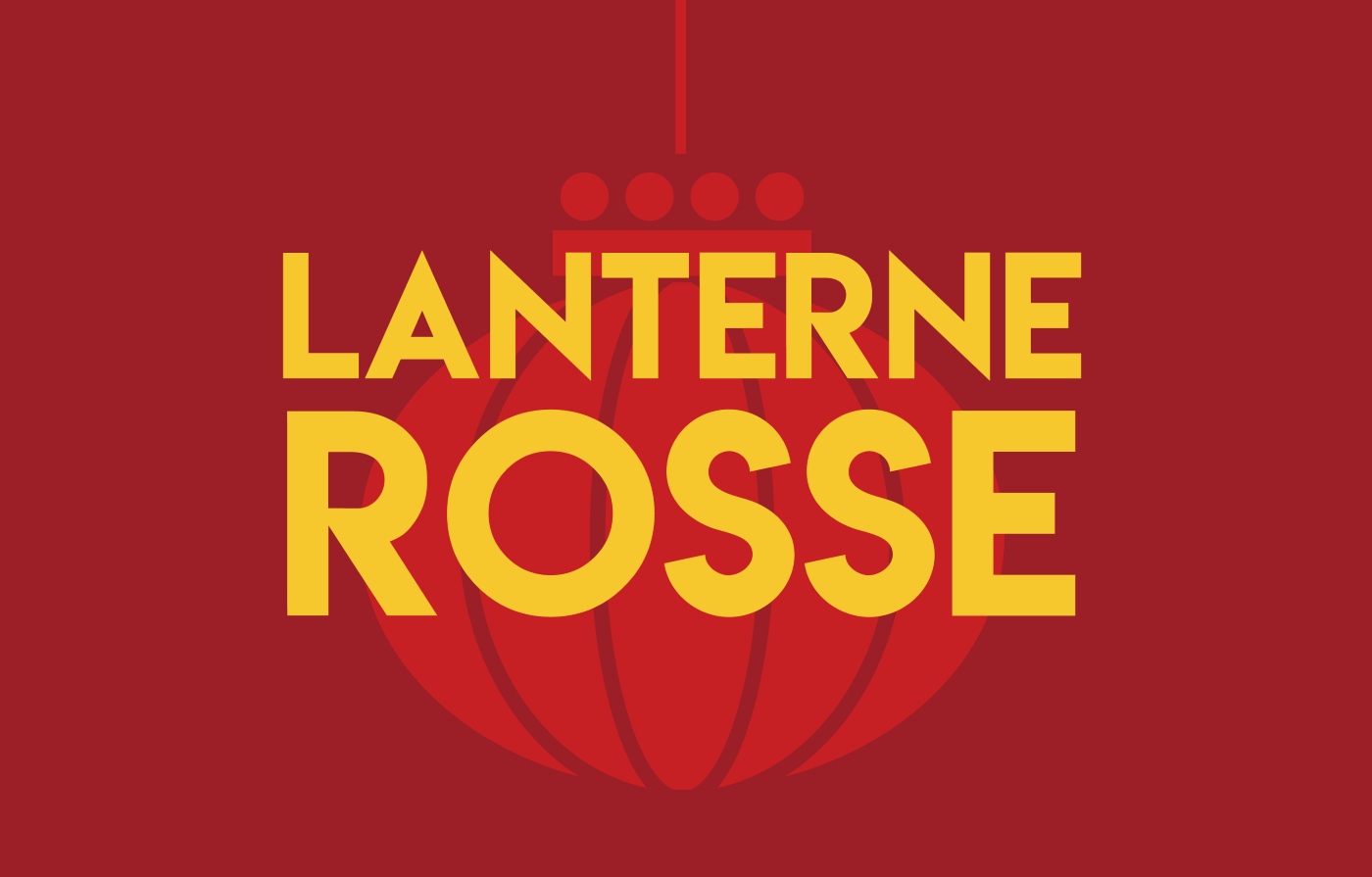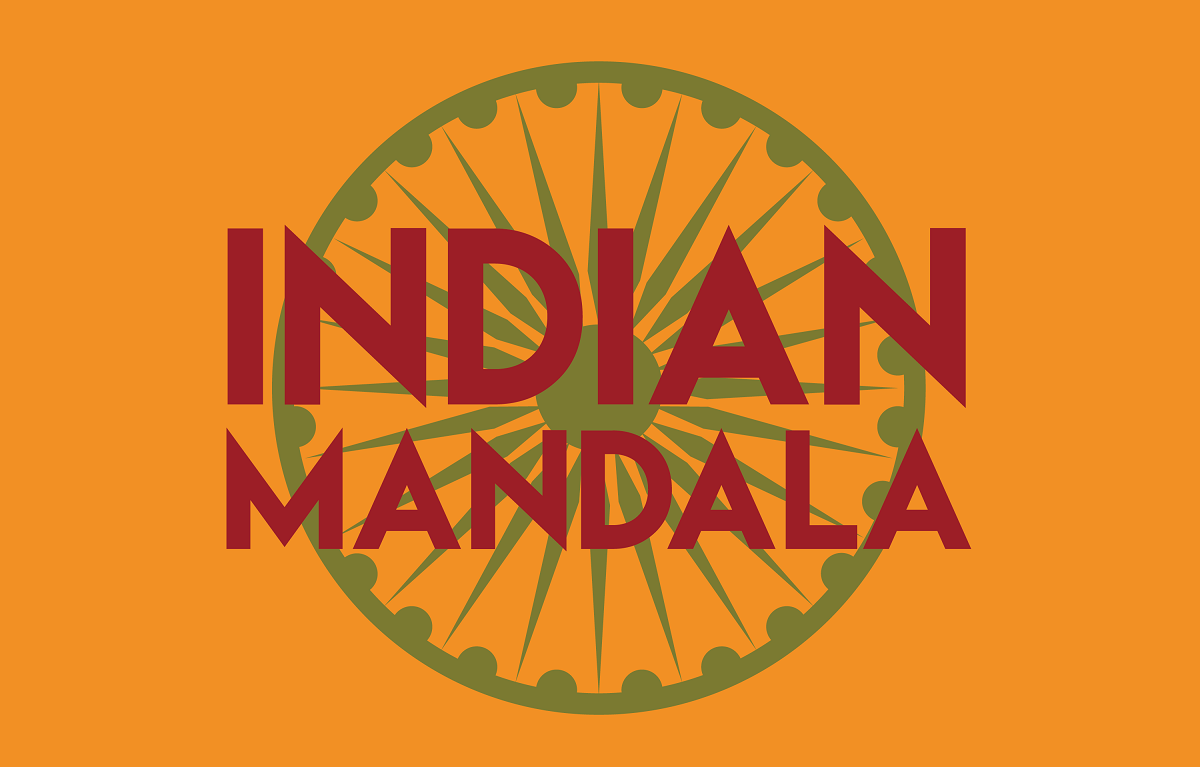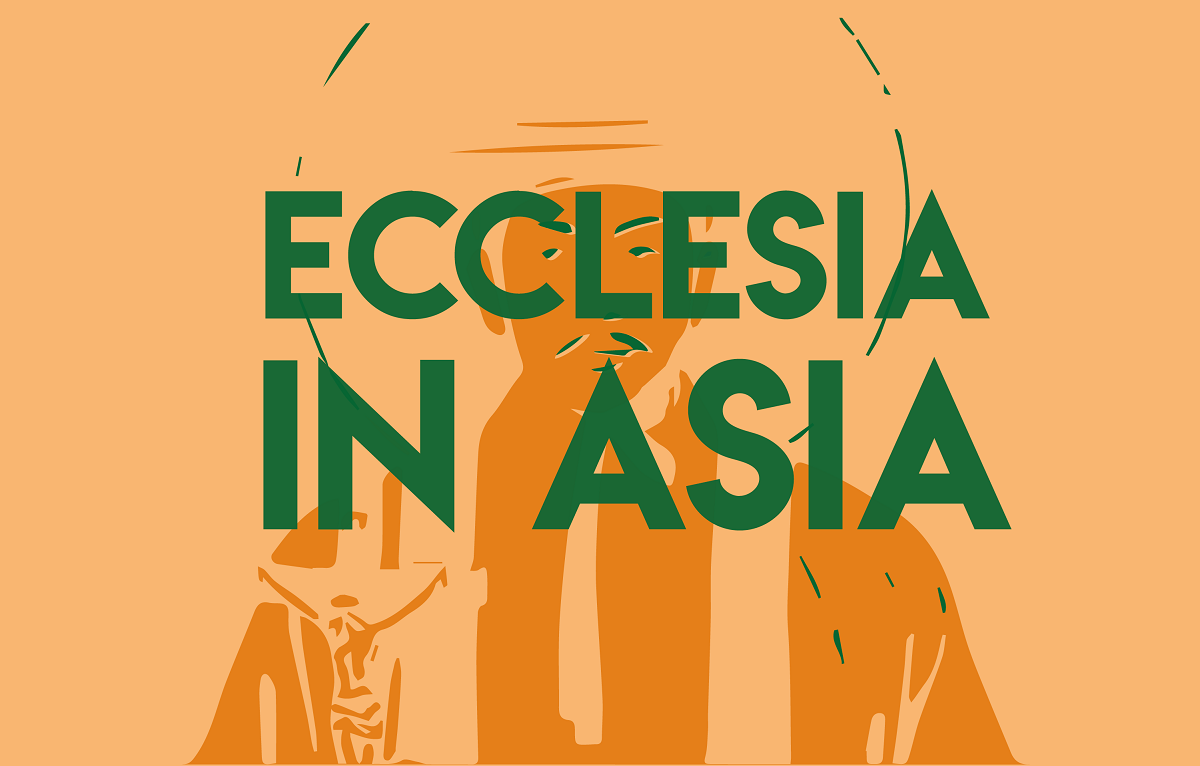Trump's tariffs, Cambodia’s 'record'
The highest US tariff announced last night is 49 per cent, which will affect imports from Cambodia. The Southeast Asian country fears serious consequences for growth and jobs. According to several observers, the real goal of the Trump administration is to indirectly hit China, which outsourced production, especially in textiles, to Southeast Asia, but with a probable boomerang effect.
Phnom Penh (AsiaNews) – The new, 49 per cent tariff imposed by the Trump administration on imports from Cambodia, in force from 9 April, place it at the top of the list of countries affected by US tariffs, along with other Southeast Asian countries. This will force Cambodian authorities to reflect hard on the situation, carefully evaluating possible countermeasures.
The reasons given by the United States to justify the increase also weigh heavily. According to the list produced by Trump, which is based on trade balance imbalances and not on the steps actually in force, Cambodia imposes “up to 97 per cent tariffs on goods from the United States,” which today takes in 37.9 per cent of Cambodian exports.
A working group was immediately convened to assess the impact of the measure, noted Meas Soksensan, spokesperson for the Cambodian Ministry of Economy and Finance. When “The working group has examined the consequences of this installation, then we will have specific and thorough measures to solve it,” so as “to ensure that our economy continues to be competitive and good for growth and jobs for the people,” Soksensan said.
At the heart of the dispute is Cambodia's large trade surplus. In 2024, US-Cambodian trade reached US$ 10.18 billion, up 11.2 per cent, but US exports to Cambodia amounted to only US$ 264.14 million.
Although Cambodian authorities are still hoping to see the US review its tariff policy, it is clear that the country could suffer major negative consequences.
Still classified as a lower-middle-income country, Cambodia has a poverty rate of 17.8 per cent according to the Asian Development Bank.
The country is also heavily influenced by China. After almost 40 years under the Hun family, first with Hun Sen and now his son Hun Manet, Phnom Penh is politically aligned with Beijing's interests.
More than half of Cambodian companies active in the clothing, footwear and accessories sectors are Chinese-owned, in a sector that represents the main exports worth US$ 14 billion last year.
For this reason, many suspect that China has outsourced production to friendly countries in the region to get around US duties, taking advantage of more favourable trade conditions.
According to several observers, the Trump administration intends to hit China indirectly by targeting Cambodia, Vietnam, Indonesia, Laos, Myanmar and Thailand, so as to curb Chinese investments abroad, hit the exports of partner countries and, consequently, its economy.
However, this strategy could backfire on the United States. Some of the main US fashion and footwear brands, which have taken a hit in the stock market, have strong Southeast Asian interests. Unless tariffs change, production costs and supply chain will feel the pinch.







.png)










